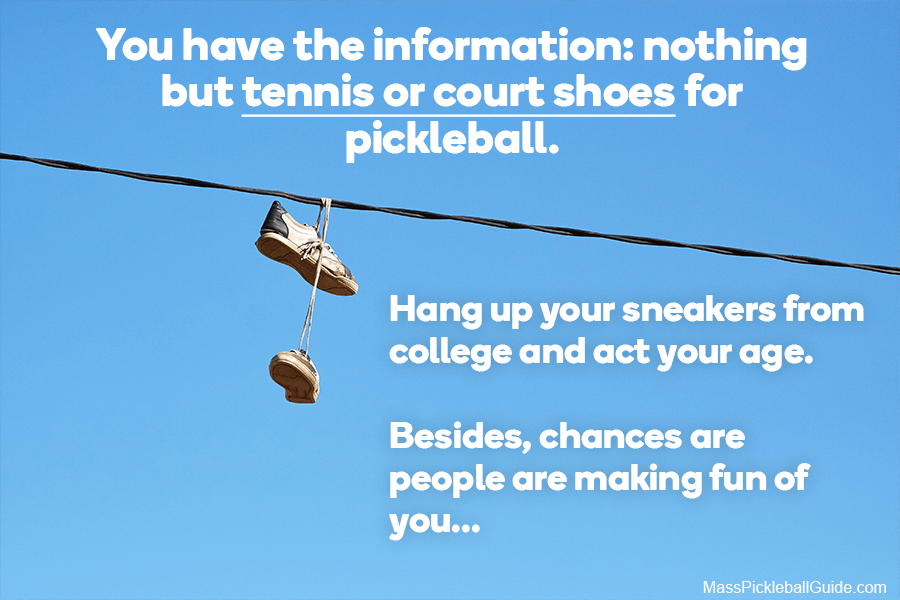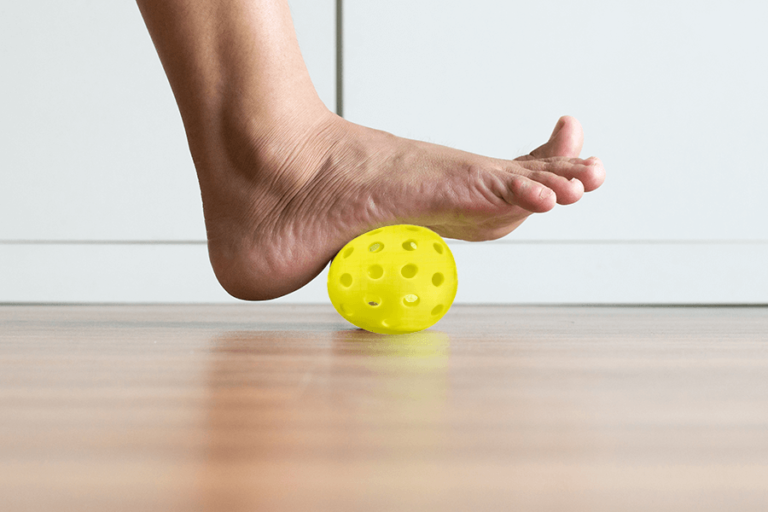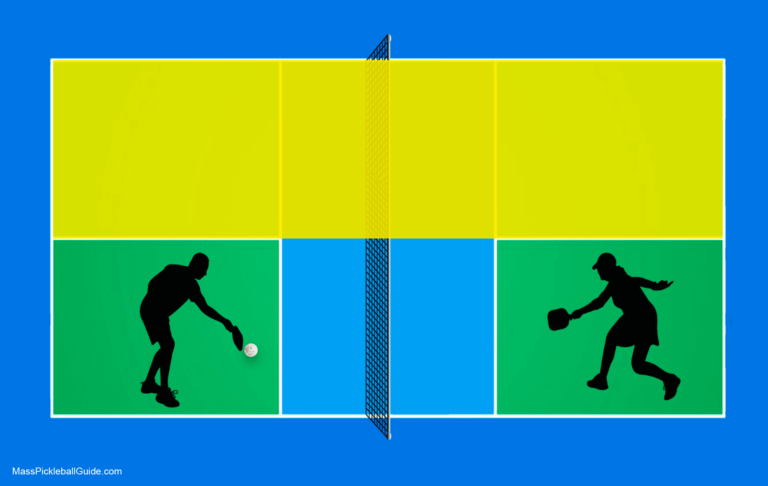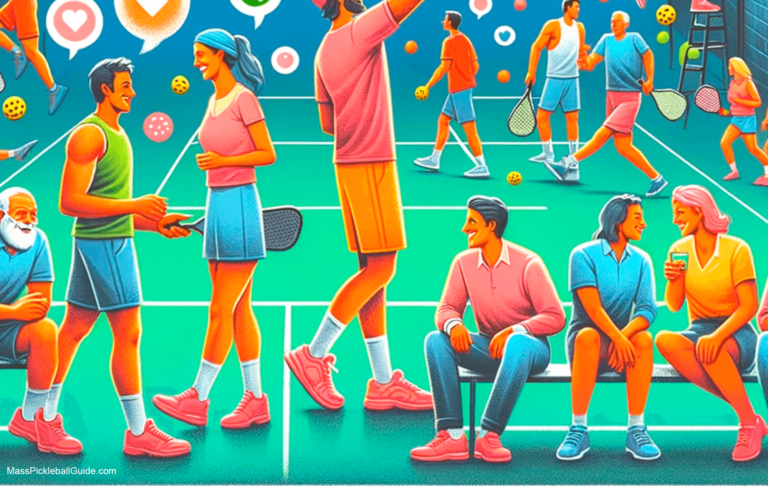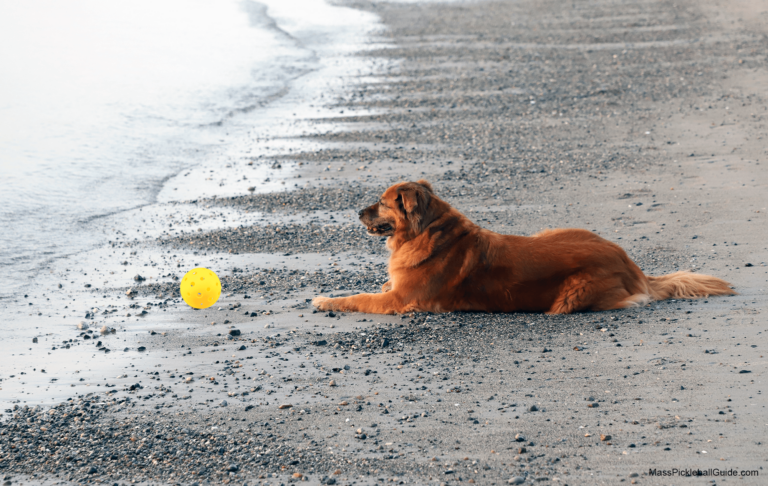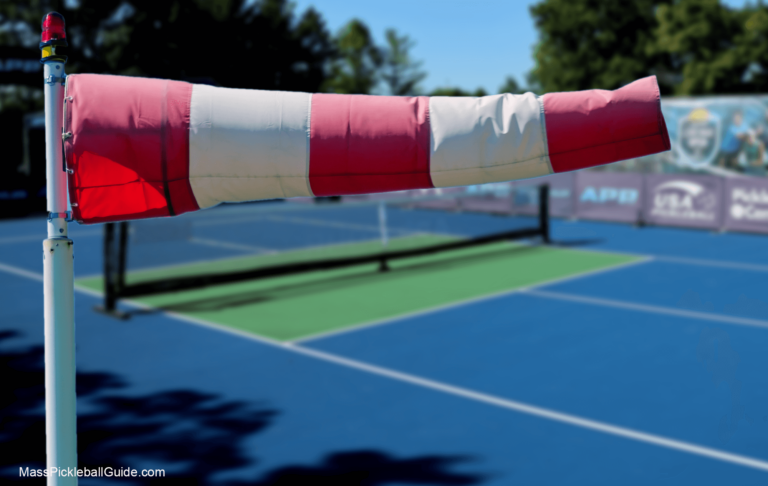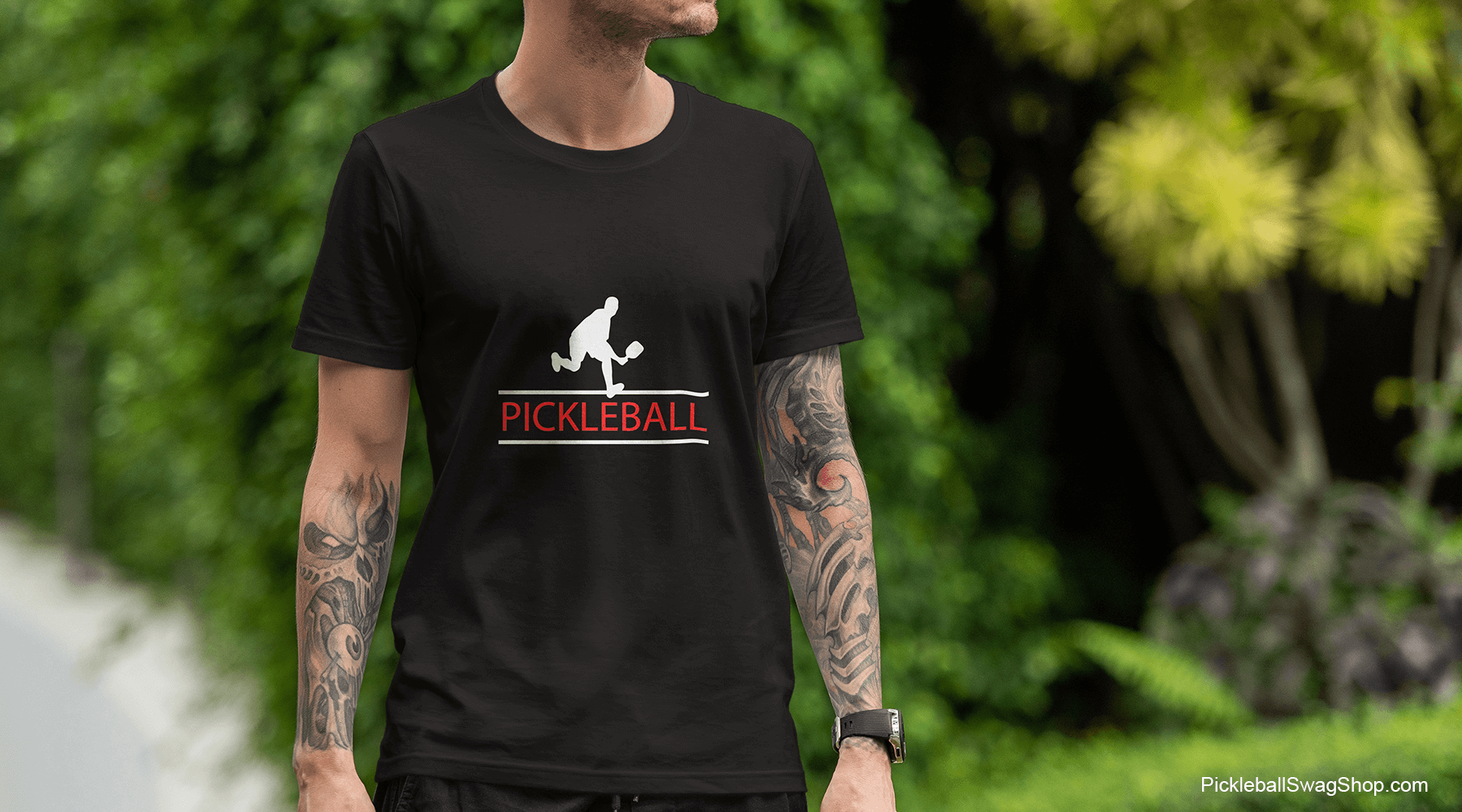Pickleball Safety: Essential Tips for Injury-Free Play
take it easy…
Pickleball, a rapidly growing sport known for its fun, social nature, and accessibility, is a terrific way to stay active. While it’s known for being gentler on the body compared to high-impact sports like football or tennis, it’s crucial to acknowledge that, as with any sport, there’s still a risk of injury. By following some key safety tips, you can enjoy the game while minimizing the chance of getting hurt.
Your Key Takeaways
| Key Point | Description |
|---|---|
| Sport’s Nature | Pickleball is less intense than contact sports but not without risks. |
| Preventing Injuries | Knowledge and preparation can significantly reduce the risk of injury. |
| Court Awareness | Understanding the court layout helps avoid common injuries. |
| Gear and Preparation | Proper equipment and physical readiness are vital for safe play. |
Staying Injury-Free on the Pickleball Court
The Right Gear: Your First Line of Defense
Wearing appropriate attire and using the right equipment are essential steps in injury prevention. Invest in quality pickleball shoes designed for court surfaces to prevent slips and falls. Additionally, wearing protective eyewear can safeguard your eyes from stray balls or accidental racket swings.
Warm-Up and Cool-Down: The Twin Pillars of Physical Care
Beginning each session with a warm-up prepares your muscles and joints for the activity ahead, reducing the risk of injury. Incorporating stretching and light cardio exercises can help. Likewise, a proper cool-down, including stretches, aids in preventing muscle stiffness and soreness. For those with back concerns, consider following specific back pain prevention tips tailored to pickleball players.
Know the Game, Know the Safety
Understanding the rules of pickleball isn’t just about fair play; it’s also about safety. Being aware of your surroundings, the location of other players, and the ball (of course) always helps in avoiding injuries. Also, be mindful of the unique aspects of the pickleball court, such as the non-volley zone, to prevent collisions and falls.
Injury Awareness and Prevention: Key to Longevity in the Sport
Regular players should be aware of common pickleball-related injuries. Knowing the signs of things like plantar fasciitis, a common issue among players, can lead to early intervention. For more information on this condition, see dealing with plantar fasciitis pain. Similarly, understanding the differences in injury risks compared to similar sports, as discussed in pickleball vs tennis injuries, can be enlightening.
What is the fastest way to cure plantar fasciitis?
Sorry, there is no one-size-fits-all (pardon the sneaker pun) cure for plantar fasciitis, but there are several treatment options that can help alleviate pain and promote healing.
Relief from pickleball plantar fasciitis
While there is no single “best” cure for plantar fasciitis, a combination of rest, exercise, and medical intervention can help manage the condition and prevent it from worsening.
It’s important to consult with a podiatrist who specializes in foot and ankle care to determine the best course of treatment.
Is it OK to play pickleball with plantar fasciitis?
While playing pickleball with plantar fasciitis may be uncomfortable and sometimes painful, it is generally safe to play as long as you take proper precautions. You need to manage your symptoms.
Before playing, stretch and warm up your feet properly (both feet even though you may have pain in just one), wear supportive pickleball sneakers, and use proper pickleball techniques to avoid further strain on the plantar fascia.
Stay Hydrated and Nutritionally Balanced
Hydration is crucial, especially in outdoor play or in warmer climates. Dehydration can not only impact your performance but also increase your risk of injury. Ensure you have plenty of water on hand and take regular breaks to rehydrate.
Mental Well-Being: An Often Overlooked Aspect
Playing pickleball isn’t just a physical activity; it’s a mental one as well. The game requires concentration and quick decision-making, which can be impaired if you’re feeling stressed or fatigued. Understanding the mental health impact of pickleball highlights the importance of mental well-being in playing safely.
Advanced Strategies for Injury Prevention
Technique Matters: Mastering the Right Moves
Proper technique in pickleball is not just about enhancing performance; it’s also about reducing the chance of injury. Incorrect strokes or footwork can lead to unnecessary strain on your body. Participate in clinics or lessons to refine your skills and learn how to play pickleball safely.
Court Etiquette: A Pillar of Safety
Good court etiquette is vital for safety. This includes calling out “ball on court” when a stray ball enters your playing area, respecting other players’ space, and adhering to the rules of the game. Additionally, maintaining a clean and clutter-free court helps prevent tripping hazards, ensuring everyone can enjoy the game without the worry of injuries on the court.
Maintaining a Safe Playing Environment
Regular Equipment Checks
Regular inspection of your equipment, such as paddles and balls, is crucial. Damaged equipment can not only hinder your game but also pose a safety risk. Ensure your paddle’s grip is secure and the surface is free of damage that could affect play.
Playing Surface Awareness
The condition of the pickleball court can significantly impact safety. Wet, cracked, or uneven surfaces increase the risk of falls and injuries. Always inspect the playing area before starting a game, and if you find any hazards, report them to the facility management.
Listen to Your Body: The Ultimate Guide
Paying attention to your body’s signals is essential. If you feel pain or discomfort, it’s crucial to take a break and assess. Continuing to play through pain can lead to more severe injuries. Preventing injury is not just about external factors but also about internal awareness.
Community and Communication
Playing pickleball often involves being part of a community. Communicate with fellow players about safety concerns and share tips on injury prevention. A community that prioritizes safety can significantly enhance the overall playing experience for everyone.
Final Checklist for Safe Pickleball Play
Before Hitting the Court
- Ensure you have the right gear, especially shoes and protective eyewear.
- Perform a thorough warm-up to get your muscles ready.
- Double-check your equipment for any signs of wear or damage.
- Hydrate well and have water available courtside.
On the Court
- Be mindful of your technique and body movements.
- Adhere to court etiquette and respect other players’ space.
- Stay aware of the court’s condition and report any hazards.
- Listen to your body and rest if you feel any discomfort.
After the Game
- Cool down with stretches to help your muscles recover.
- Rehydrate and refuel with a balanced snack or meal.
- Reflect on your play and note any areas for safety improvement.
- Stay connected with your pickleball community for shared tips and experiences.
By following these tips and maintaining a mindful approach to playing pickleball, you can significantly reduce the risk of injury and enjoy the many benefits of this wonderful sport. Remember, the key to longevity in pickleball is not just skill or strategy, but also the commitment to playing safely and responsibly.
As you continue to explore the world of pickleball, keep in mind that knowledge is power. Understanding the nuances of the game, from injury prevention to mental well-being, can enhance your experience. For further reading, explore our comprehensive guides on preventing shin splints and the impact of pickleball on mental health.

